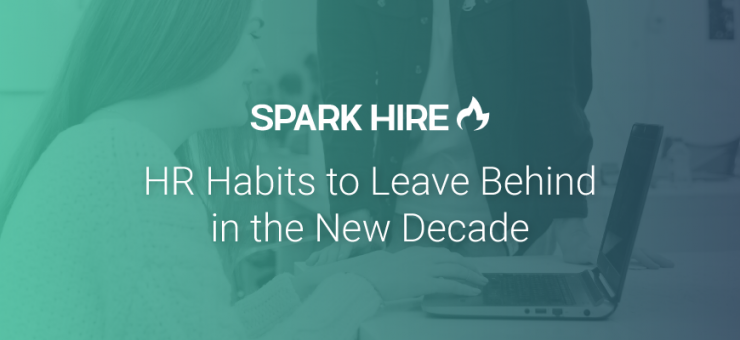The HR scene is changing rapidly. With shifting workplace demographics and new technology, we must change the way that we think about HR. HR departments that follow principles from just a decade ago will surely fall behind.
Below are five HR pitfalls that you can avoid in the new decade:
Strict Work Environments
More and more companies have ditched the rigid 9-5 schedule over the recent years. Instead, they are allowing employees to select the hours that work for them. Flexible work hours have numerous benefits, particularly on employee productivity and morale. Some workers, for instance, get their best work accomplished early in the mornings, while others find that they are more focused in the afternoon. Additionally, those with children and other demanding personal commitments find flexibility helpful when unexpected situations arise.
Work flexibility also applies to location. With the development of VPNs and video calls, employees are no longer limited to doing their best work at the corporate office. Providing the flexibility to work from home is certainly appreciated, especially among workers who have long commutes or prefer a quieter working environment.
Neglecting the Community
Every company takes resources from the city in which they are situated, whether that is talent, real estate, or customers. Don’t forget to give back to the community – there is a whole world beyond your office walls! Giving back can include volunteering at a charity for a day, donating to a local fundraiser, or sponsoring a community event.
With several social and environmental issues on the rise, companies with strong corporate social responsibility (CSR) are looked upon favourably by the workforce and general public. Consider implementing CSR initiatives into your HR plan. Besides contributing to the greater good, CSR can have the added benefit of boosting employee morale and improving your company’s brand reputation.
Ignoring the Office Culture
HR plays a massive role in shaping office culture, but sometimes this can be overlooked amid day to day obligations. Fortunately, there are many low-cost and simple ways that office culture can be enhanced. Having a stocked pantry of snacks, occasionally inviting pets into the office, and celebrating company accomplishments all makes a big difference. Initiatives like these aid in recruiting efforts while also reducing employee turnover.
Neglecting the Candidate Experience
Though hiring is a huge focus for HR, many job candidates still report frustrating application experiences. Whether it’s an outdated ATS or radio silence after an interview, there are usually many touchpoints that have the opportunity for improvement. Don’t let frustrating experiences tarnish your employer brand and reduce your pool of quality applicants.
To improve your candidate experience, analyze every candidate interaction with your business, starting with your career site. If you want exact numbers to measure your candidates’ experience, try determining your candidate net promoter score (CNPS).
CNPS is calculated by surveying candidates, typically at the end of an application or after an interview, and asking them the question, “on a scale of 0 to 10, how likely are you to recommend us to a friend?”. This is an accurate way to gauge your candidates’ experience with your company.
Candidates who answer with 9 or 10 are “promoters”, candidates who answer with 7 or 8 are “passives”, and candidates that answer between 0 and 6 are “detractors”. Subtract the percentage of detractors from the percentage of promoters to determine your score. You can determine your company’s success by benchmarking this against your competitors and industry average.
Thinking Short-Term
When there’s pressure to boost the bottom line, it can be tempting to use band-aid solutions for problems that arise. Unfortunately, relying on temporary solutions can have considerable costs down the road.
Rather than putting out constant fires, think about your long-term company needs and objectives. Long-term thinking involves performing frequent gap-analysis, constantly scoping out new HR tech, and forecasting talent that will be required down the road.
Consider making monthly, yearly, and longer, five-year plans to formulate short and long-term priorities. Balancing between the near and far future is the secret for allowing your company to grow and achieve prolonged success.
Final Thoughts
Correcting poor habits can be challenging, but it is critical for attracting top talent and creating a positive employee experience. By avoiding these common HR pitfalls, your company can remain competitive within the ever-changing work environment.
About the Author
 Megan Doleweerd is a Marketing Coordinator at InFlight, an employee experience platform for enterprise companies. InFlight transforms the way that companies attract, hire, and empower talent by making their existing applications mobile, modern, and beautiful.
Megan Doleweerd is a Marketing Coordinator at InFlight, an employee experience platform for enterprise companies. InFlight transforms the way that companies attract, hire, and empower talent by making their existing applications mobile, modern, and beautiful.











